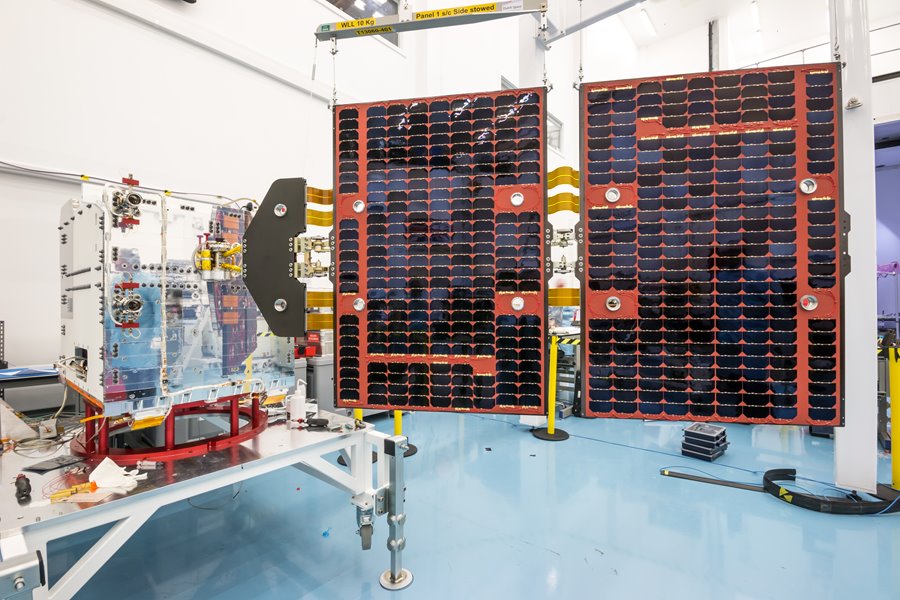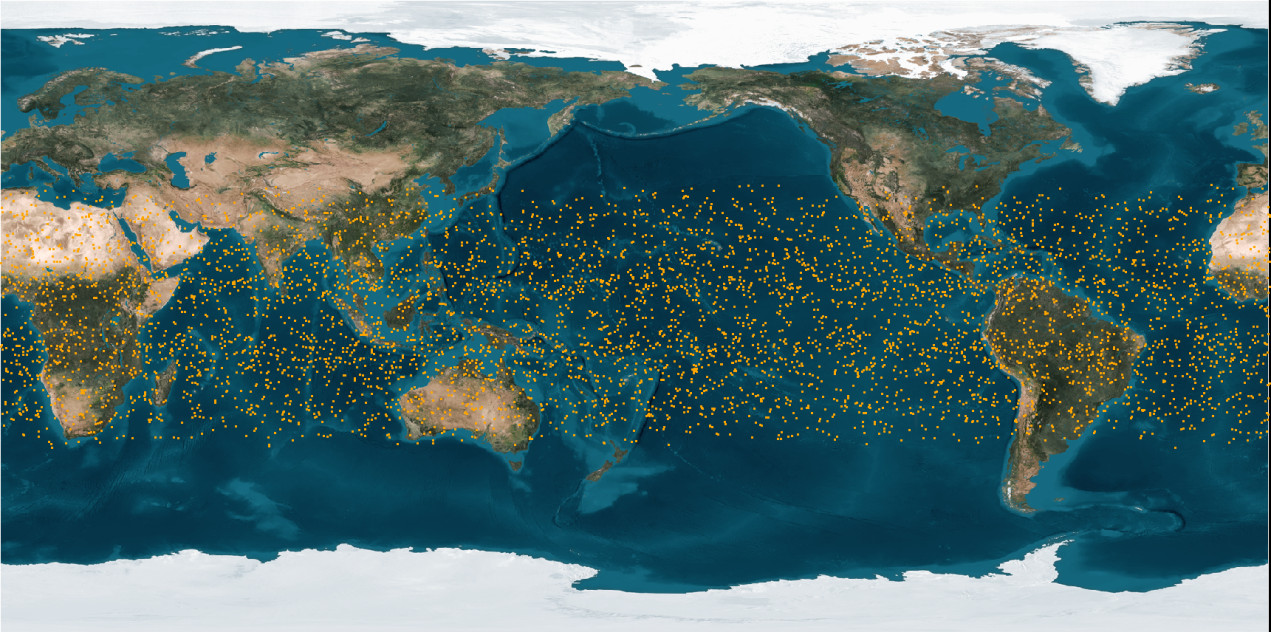
SSTL supplied the platforms for the 6-satellite Formosat-7/COSMIC-2 constellation, which gathers weather data between 50° north and south latitude.
Taiwanese and US officials have just announced that data gathered by the Formosat-7/COSMIC-2 satellite constellation, launched last year, will now be released daily. The announcement follows 3 months of trials, and although currently the data released will be from the previous day, the aim is to release near real-time data in the future.
This is great news for SSTL as we designed and manufactured the satellite platforms and provided support to NSPO on payload integration, system testing, launch preparations, launch campaign and in-orbit commissioning. Since the launch in June last year we have continued to monitor progress keenly and support NSPO during the first few months of service of this weather forecasting constellation.
The FORMOSAT-7/COSMIC-2 program is a constellation with 6 satellites for observing and monitoring the global meteorology, climate and ionosphere. Each of the satellites is carrying a suite of payloads including an advanced GNSS receiver to low-inclination-angle orbits and will collect atmospheric data at low- and mid-latitudes to provide more sounding data to improve regional and global weather forecasting.
Two satellites are already in their planned orbits at 550km, with the remaining 4 satellites due to reach their target orbits by February next year. The satellites will be deployed to 6 different orbital planes from where the constellation can provide more than 4000 atmospheric profiles each day to a numerical weather prediction model. This large data volume will improve weather forecast accuracy, and several major weather organisations around the world have already begun to make use of this data. In addition to neutral atmosphere data, such as temperature and moisture profiles, the Formosat-7/COSMIC-2 Constellation can also measure the electron density of ionosphere, which can be applied to nowcast and forecast of space weather.

Radio Occultation (RO) Technology Schematic Diagram

Six satellites of FORMOSAT-7/COSMIC-2 mission provide about 4,000 radio occultation profiles daily between +/- 50 degrees of the north and south latitudes
Users can download the neutral atmosphere data from Taiwan’s Central Weather Bureau's website: https://tacc.cwb.gov.tw/v2/download.html. The data product from the previous day will be posted at 02:00 UTC every day. Space weather status can be retrieved from website https://swoo.cwb.gov.tw
The FORMOSAT-7/COSMIC-2 programme is conducted under a joint agreement between the American Institute in Taiwan and the Taipei Economic and Cultural Representative Office in the United States, with the NOAA (the National Oceanic and Atmospheric Administration) and NSPO as the designated representatives.